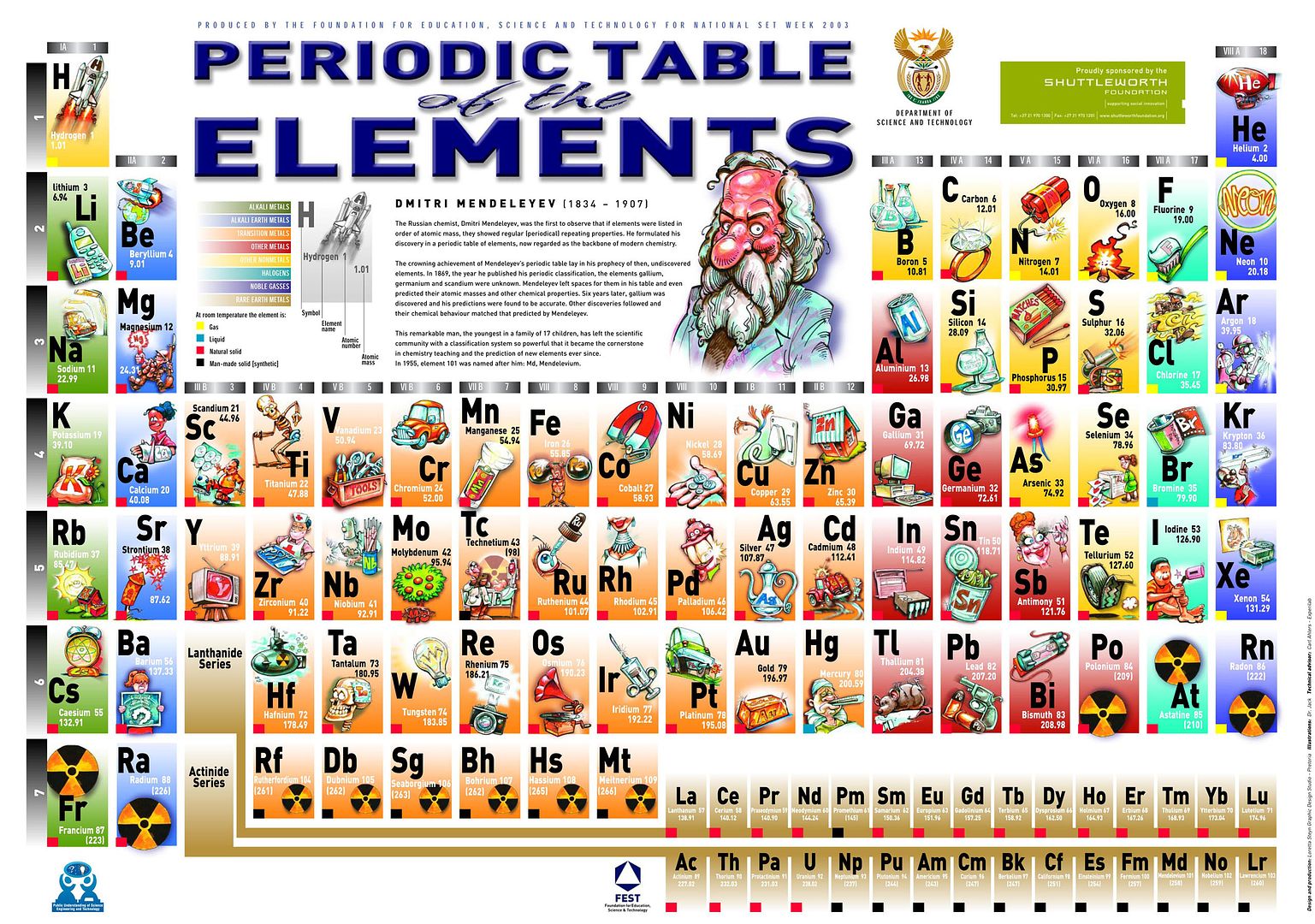Metals
Metals are classed as metals because they have certain similar properties. Other elements are classed as non-metals because they have certain other similar properties which are different from those of metals.
Metals are shiny when they are polished, where as non-metals do not shine when polished. Most metals are solid at room temperature, while non-metals can be in any of the three states of matter at room temperature. Metals are good conductors of heat and electricity, while non-metals are not. Metals can be hammered into sheets and stretched into wires, but non-metals cannot.
Some substances are classified as metal:
- Are found underground.
- Have many useful properties:
Strong, malleable, shiny, can be recycled, some are magnetic, some are good conductors of electricity, good conductors of heat.
- Some have a weakness: they corrode (rust).
Non-Metal
Only 22 of the elements are non-metals. Half of these are gases, only one (bromine) is a liquid. The rest are solids. All of these elements are found on the Periodic Table.
One of the solid non-metals is sulphur. Sulphur is found naturally in areas where there are volcanoes. Sulphur melts quite easily. Like almost all non-metals it will not conduct heat or electricity.






